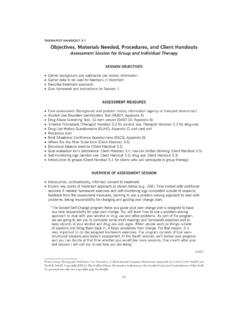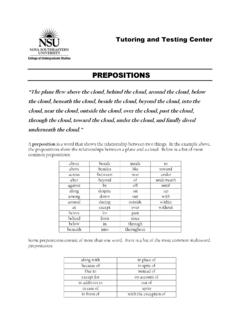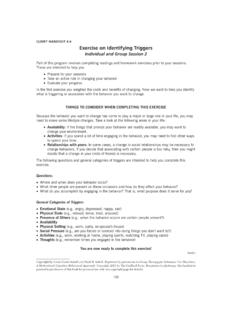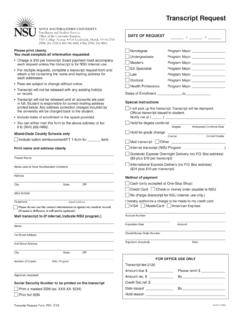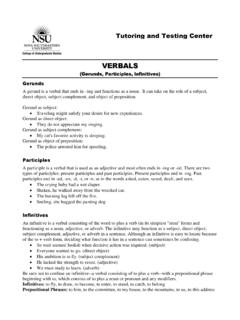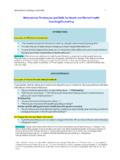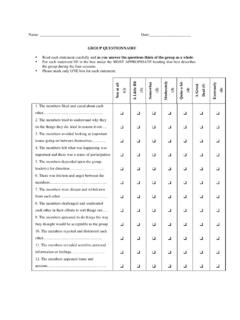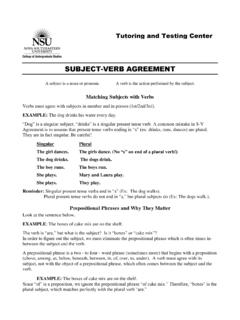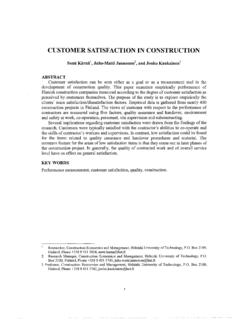Transcription of Client Handout - Nova Southeastern University
1 138 Copyright by Linda Carter Sobell and Mark B. Sobell. Reprinted by permission in Group Therapy for Substance Use Disorders: A Motivational Cognitive-Behavioral Approach. Copyright 2011 by The Guilford Press. Permission to photocopy this Handout is granted to purchasers of this book for personal use only (see copyright page for details). Client Handout on Identifying TriggersIndividual and Group Session 2 Part of this program involves completing readings and homework exercises prior to your sessions. These are intended to help youPrepare for your sessionsuTake an active role in changing your behavioruEvaluate your progressuIn the first exercise you weighed the costs and benefits of changing. Now we want to help you identify what is triggering or associated with the behavior you want to TO CONSIDER WHEN COMPLETING THIS EXERCISEB ecause the behavior you want to change has come to play a major or large role in your life, you may need to make some lifestyle changes.
2 Take a look at the following areas in your life:Availabilityu: If the things that prompt your behavior are readily available, you may want to change your :u If you spend a lot of time engaging in the behavior, you may need to find other ways to spend your with peersu: In some cases, a change in social relationships may be necessary to change behaviors. If you decide that associating with certain people is too risky, then you might decide that a change in your circle of friends is following questions and general categories of triggers are intended to help you complete this :Where and when does your behavior occur?uWhat other people are present on these occasions and how do they affect your behavior?uWhat do you accomplish by engaging in the behavior? That is, what purpose does it serve for you?
3 UGeneral Categories of Triggers:Emotional Stateu ( , angry, depressed, happy, sad)Physical Stateu ( , relaxed, tense, tired, aroused)Presence of Othersu ( , when the behavior occurs are certain people present?)AvailabilityuPhysical Settingu ( , work, party, ex-spouse s house)Social Pressureu ( , are you forced or coerced into doing things you don t want to?)Activitiesu ( , work, working at home, playing sports, watching TV, playing cards)Thoughtsu ( , remember times you engaged in the behavior)You are now ready to complete this exercise!(cont.) 139 Exercise on Identifying Triggers (page 2 of 3)EXERCISED escribe two general types of situations that have triggered the behavior you want to thing that can help you to identify triggers and consequences related to changing is to think about real experiences you have SITUATION 1 Briefly describe ONE of your high-risk trigger situations.
4 Describe the types of CONSEQUENCES usually associated with this situation. Consider both NEGATIVE and POSITIVE consequences, and whether they occur right away or are delayed. (cont.) 140 Exercise on Identifying Triggers (page 3 of 3)TRIGGER SITUATION 2 Briefly describe ONE of your high-risk trigger situations. Describe the types of CONSEQUENCES usually associated with this situation. Consider both NEGATIVE and POSITIVE consequences, and whether they occur right away or are delayed.
